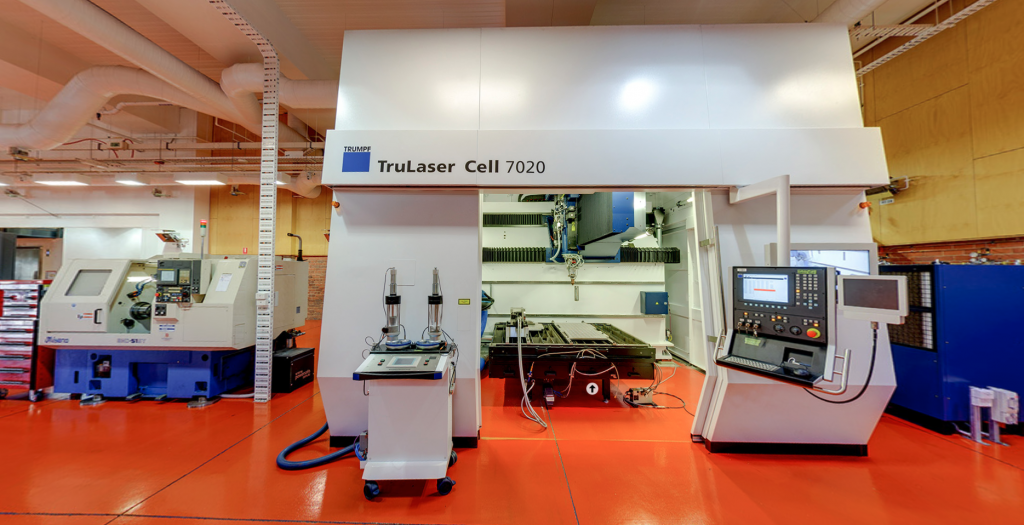A 3D printed grade of steel, capable of producing tools that cut titanium, has won a $15 thousand AUD ($10 thousand USD) prize for a PhD candidate at RMIT University, Melbourne. The project, conducted with the Australian Defence Materials Technology Centre (DMTC) and industrial cutting tool supplier Sutton Tools, was led by Jimmy Toton, a postgraduate of Mechanical and Manufacturing Engineering at RMIT. By demonstrating how effective the 3D printed steel is, Toton won Avalon International Airshow’s 2019 Young Defence Innovator Award.
Speaking on the award, Toton tells 3D Printing Industry, “This development can potentially allow for significant improvements in productivity and therefore reduce costs for high value, complex, components in the aerospace and defence industries.”

Processing a superior tool steel
Toton’s project, conducted under the supervision of RMIT Distinguished Professor Milan Brandt, was to effectively process and make tools from a grade of maraging steel via laser metal deposition (LMD). The particular grade in focus was a carbon-free iron, cobalt, molybendum (FeCoMo) based alloy “with properties” Toton explains, “superior to high speed steel (HSS)” which is commonly used to make metal cutting tools. “Specifically,” Toton adds, the FeCoMo-based steel has “a higher hot hardness and resistance to thermal softening,” making it “ideal for the machining of titanium and stainless steel applications.” Though the alloy has a number of attractive properties, it is challenging to 3D print due to crack tendencies.
The work was conducted on a TruLaser Cell 7020 from German machine tool provider TRUMPF. A large, industrial system, the TruLaser Cell 7020 can be configured as required to provide cutting, welding and LMD. RMIT University has one of these systems housed within its Advanced Manufacturing Precinct.

Reducing costs for defense and aerospace
Compared to steel tools produced using conventional manufacturing methods, the 3D printed steel tools matched, and in some cases exceeded, the ability of cutting titanium alloys – a development believed to be “the first convincing demonstration” of its kind.
“Now that we’ve shown what’s possible, the full potential of 3D printing can start being applied to this industry, where it could improve productivity and tool life while reducing cost,” comments Toton.
Next Toton is looking “to expand this work to powder bed fusion 3D printing so as to unlock the capability to manufacture near-net-shape complex custom cutting tools with optimized through coolant channels.” In addition, he is working to establish an industrial print-to-order service for these tools.
Toton’s supervisor Professor Brandt, concludes, “Additive technology is rising globally and Jimmy’s project highlights a market where it can be applied to precisely because of the benefits that this technology offers over conventional manufacturing methods.”
Professor Brandt is also currently leading an LMD MRO project for the Australian Defence Force, and the 3D printed Just in time implants initiative from American medical technology firm Stryker.
Nominate Jimmy Toton, Professor Milan Brandt, the TruLaser Cell 7020 and more in the 2019 3D Printing Industry Awards before voting opens in March. For more 3D printing materials news updates subscribe to our newsletter, follow us on Twitter and like us on Facebook. Visit 3D Printing Jobs for new opportunities in your area.
Featured image shows Jimmy Toton, PhD candidate in Mechanical and Manufacturing Engineering at RMIT Unvirsity, holds and LMD 3D printed tool. Photo via RMIT University



